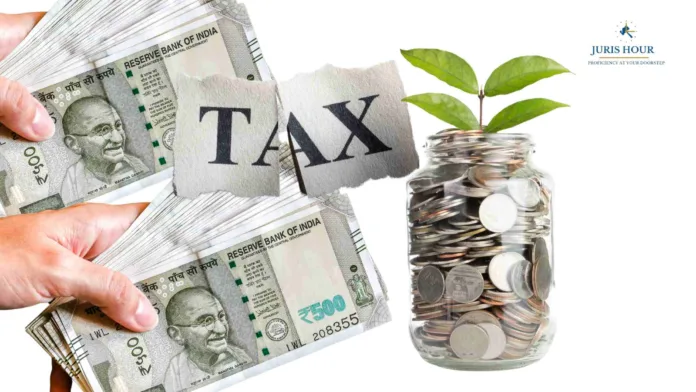Under Section 194A of the Income Tax Act, 1961, banks are mandated to deduct TDS on interest income from FDs if it exceeds:
- ₹40,000 per financial year for individuals below 60 years.
- ₹50,000 per financial year for senior citizens (60 years and above).
If the depositor fails to provide their Permanent Account Number (PAN), TDS is deducted at a higher rate of 20%.
Strategies to Avoid TDS on FD Interest
1. Submitting Form 15G or 15H
If your total income is below the taxable limit, you can submit Form 15G (for individuals below 60 years) or Form 15H (for senior citizens) to the bank to prevent TDS deduction on FD interest.
Eligibility:
- Form 15G: Resident individuals below 60 years, Hindu Undivided Families (HUFs), or trusts with nil tax liability and interest income below the basic exemption limit.
- Form 15H: Resident individuals aged 60 years or more with nil tax liability.
Example:
Mr. Sharma, aged 65, earns ₹45,000 as FD interest and has no other income. By submitting Form 15H, he can avoid TDS deduction.
Important Notes:
- These forms should be submitted at the beginning of each financial year.
- They can be submitted online or physically at the bank branch.
- Non-residents are not eligible to submit these forms.
2. Distributing FD Investments Across Multiple Banks
Since TDS is calculated per bank, spreading your FD investments across different banks can help keep the interest earned from each below the TDS threshold.
Example:
Ms. Gupta invests in FDs across three banks, earning ₹30,000 interest from each. Since none exceed ₹40,000 individually, TDS is not deducted.
Caution:
With the implementation of Core Banking Solutions (CBS), banks aggregate interest across all branches. Therefore, splitting FDs across branches of the same bank may not be effective.
3. Timing the FD Maturity
By strategically timing the start and end of your FD, you can split the interest income across two financial years, keeping annual interest below the TDS threshold.
Example:
An FD of ₹1,00,000 at 10.5% interest started in September will mature in September the following year. The interest earned will be split between two financial years, potentially avoiding TDS in both.
4. Investing in the Name of Family Members
If you have family members with lower or no taxable income, investing in FDs in their names can help avoid TDS, provided the interest income remains below the threshold.
Example:
Mr. Verma gifts ₹2,00,000 to his wife, who has no other income. She invests in an FD earning ₹15,000 annually. Since her total income is below the taxable limit, she can submit Form 15G to avoid TDS.
Note:
Income from assets transferred to a spouse or minor child is subject to clubbing provisions under Section 64 of the Income Tax Act.
5. Investing in Tax-Free Instruments
Consider alternative investment options that are exempt from TDS:
- Public Provident Fund (PPF): Interest is tax-free.
- Tax-Free Bonds: Interest is exempt under Section 10(15).
- Post Office Time Deposits: Interest is taxable, but TDS is not deducted.
Additional Considerations
- PAN Submission: Always provide your PAN to the bank to avoid higher TDS rates.
- Form Validity: Forms 15G and 15H are valid for one financial year and must be submitted annually.
- Interest Accrual: Banks calculate interest on an accrual basis, and TDS is deducted accordingly.
- Refund of TDS: If TDS is deducted despite eligibility for exemption, you can claim a refund by filing your Income Tax Return (ITR).
Read More: Cigarette Smuggling: CESTAT Reduces Penalty Against Passengers Under Customs Act



